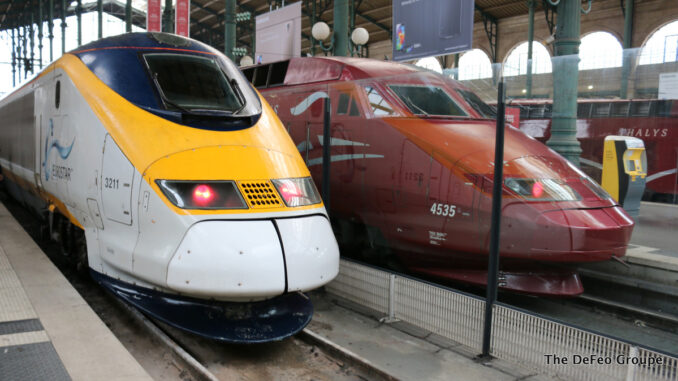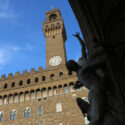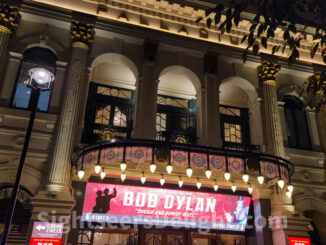
LONDON — Taking the train is a relaxing way to travel while on vacation, and the high-speed train from London to Paris is no exception.
The rail link is possible thanks to the Channel Tunnel (Le tunnel sous la Manche), commonly known as the Chunnel. The engineering marvel opened to passenger traffic in November 1994, revolutionizing the way people travel between these two major cities.
Today, more than 20 million passengers pass through the tunnel annually. The trains have a decent on-time rate, and while there is security, the entire experience seems less stressful than most airport experiences.
The Terminals
High-speed Eurostar trains depart from the historic St Pancras railway station (also known as London St Pancras and St Pancras International). The landmark station is a destination in and of itself, dating to 1868.
In Paris, trains terminate at Gare du Nord (Station of the North). The French depot is an equally historic structure, dating to 1846 and subsequently rebuilt over the years.
Outside of London
After the train departs from London, it heads for a decidedly rural landscape. The change in scenery from the urban to the rural makes for a relaxing ride, even as the train whizzes along at upwards of 200 miles per hour.
Just before entering the tunnel, the train stops at Ashford International railway station, though passengers are not allowed to disembark at the station.
The Chunnel
The tunnel roughly connects Dover, England, and Calais, France, and runs beneath the Strait of Dover.
At more than 31-miles long, it is the second-longest railroad tunnel in the world. It is an engineering marvel, reaching 380 feet below sea level.
For passengers, it almost seems like it will never end. It is quite surreal, speeding along tracks buried hundreds of feet below ground.
But, suddenly, the train emerges into the French landscape for the final leg of the trip.





